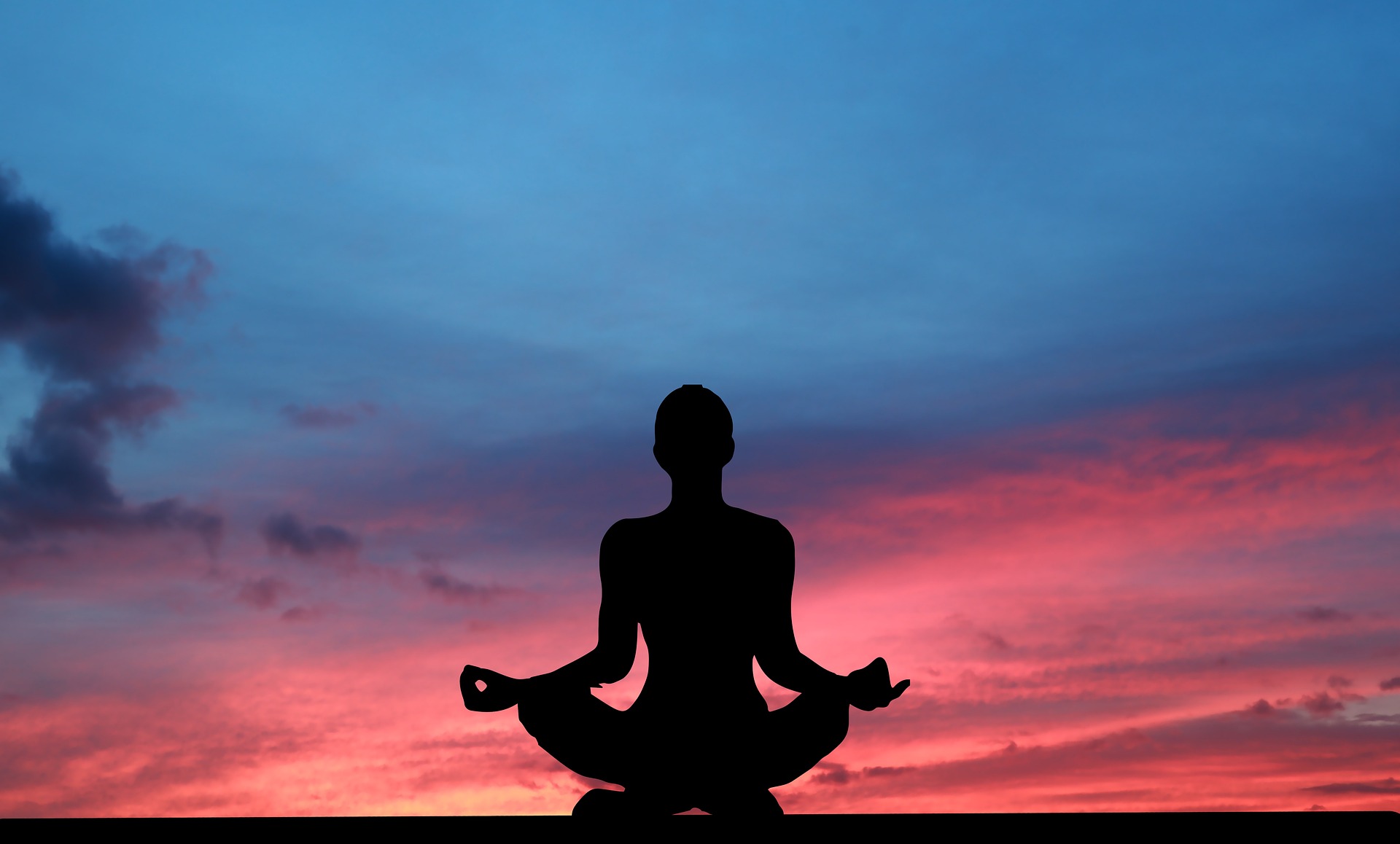
Tantra Yoga, often associated with mysticism and esoteric practices, is a profound and ancient system that goes beyond the physical postures commonly associated with yoga. Rooted in Hindu and Buddhist traditions, Tantra Yoga offers a holistic approach to self-realization, embracing the mind, body, and spirit. In this blog post, we will explore the essence of Tantra Yoga, its history, principles, and how it serves as a transformative path toward spiritual awakening.
Understanding Tantra Yoga
At its core, Tantra Yoga seeks to unite the individual soul (Atman) with the universal consciousness (Brahman). Unlike some popular perceptions, Tantra Yoga is not solely focused on the intimate aspect of human relationships but encompasses a vast array of practices designed to expand consciousness and reach higher states of being.
Historical Roots
The origins of Tantra Yoga can be traced back over a thousand years, with its roots deeply embedded in Indian philosophy. The word “Tantra” is derived from the Sanskrit language, meaning to weave or expand. Tantra texts, known as Tantras, emerged between the 6th and 13th centuries, exploring the mystical aspects of life and the universe.
Principles of Tantra Yoga
1. Energy and Chakras:
Tantra Yoga recognizes the existence of vital life force energy, often referred to as Kundalini. The practice involves awakening and guiding this energy through the chakras, energy centers within the body. The harmonization of these energy centers is believed to lead to spiritual enlightenment.
2. Sacred Rituals and Mantras:
Rituals and mantras are integral components of Tantra Yoga. These practices are designed to create a sacred space, invoking divine energies and fostering a connection between the practitioner and the cosmic forces.
3. Meditation and Mindfulness:
Meditation plays a crucial role in Tantra Yoga. Practitioners engage in mindful awareness to cultivate a deep connection with the present moment. This heightened state of awareness is believed to reveal the true nature of reality.
The Yogic Path of Transformation
Tantra Yoga provides a roadmap for personal evolution, emphasizing the transformation of consciousness. The practitioner moves beyond the limitations of the ego and transcends dualities, embracing a non-dual perspective that recognizes the interconnectedness of all things.
Misconceptions and Clarifications
Given its association with intimate practices and rituals, Tantra Yoga is often misunderstood in the West. It’s important to clarify that the goal of Tantra is not hedonistic pleasure but rather the spiritual union of opposites. Tantra encourages a holistic approach to life, integrating all aspects of the human experience.
Integrating Tantra into Modern Life
In today’s fast-paced world, the principles of Tantra Yoga can offer valuable insights for those seeking balance and spiritual growth. Practices such as meditation, breathwork, and conscious living can be incorporated into daily routines, fostering a deeper connection with oneself and the universe.
Challenges on the Tantric Path
While Tantra Yoga holds profound potential for personal transformation, it is not without challenges. The journey requires dedication, self-discipline, and a willingness to confront one’s deepest fears and desires. The integration of Tantric principles into daily life demands patience and perseverance.
Conclusion
Tantra Yoga, with its rich history and transformative practices, invites seekers to explore the depths of their being and connect with the universal consciousness. Beyond the physical postures, Tantra offers a path to spiritual awakening, fostering a harmonious relationship between the individual and the cosmos. As we navigate the complexities of modern life, the wisdom of Tantra provides a timeless guide for those on a quest for self-discovery and enlightenment.
